Growth Modification
Case A
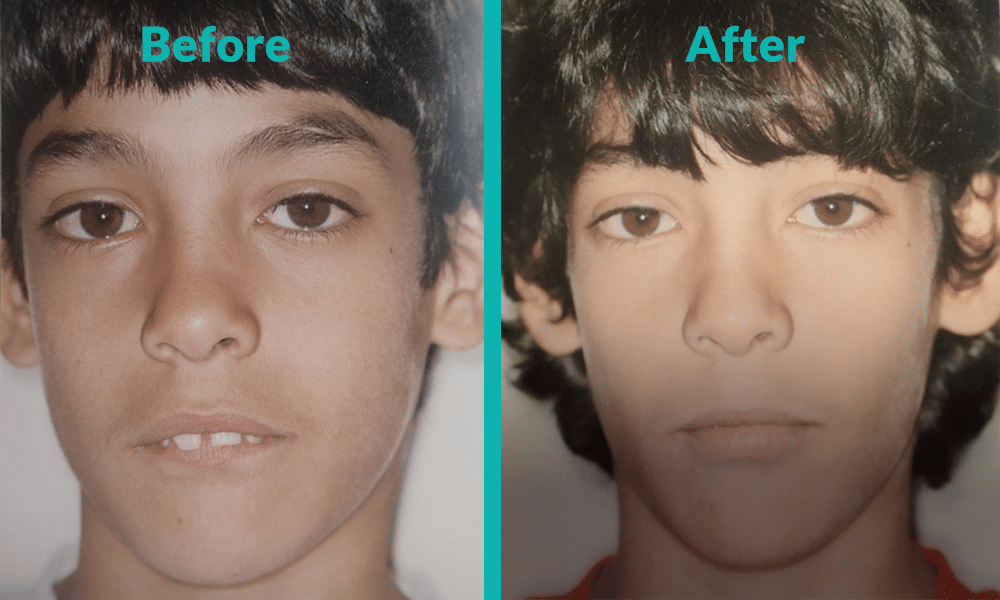
Frontal
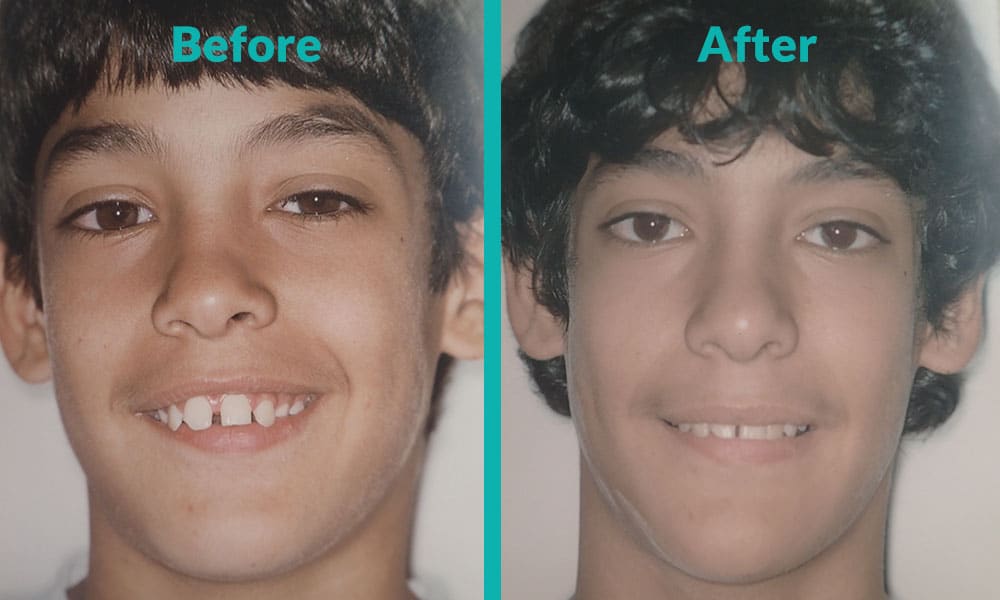
Smiling
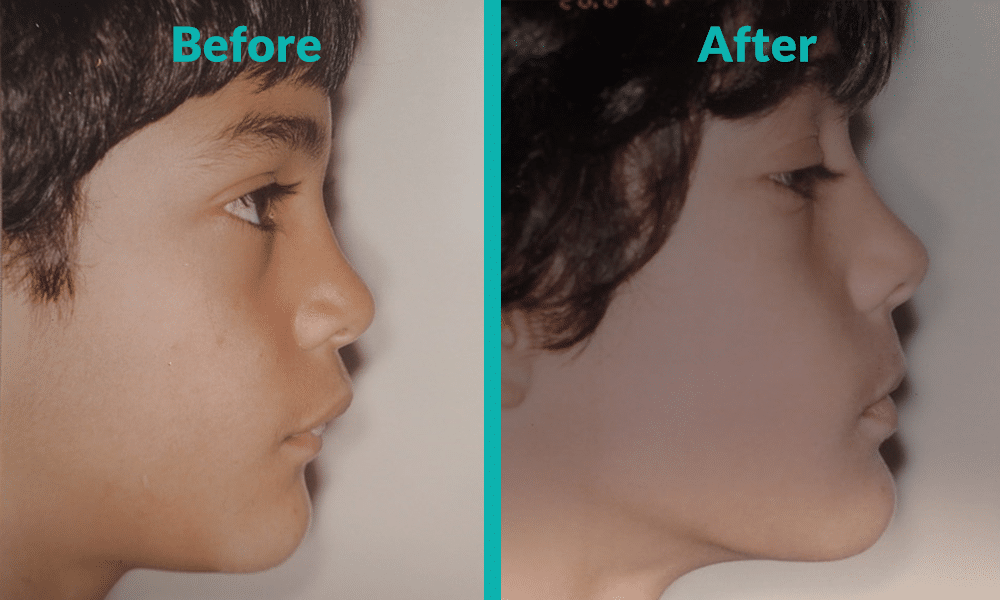
Profile
These patients received Phase I treatment with a functional appliance for growth modification. Growth modification is meant to take the advantage of the body’s natural growth to guide the backward positioned lower jaw to a more favorable, forward, normal position. Growth modification is most effective, while the jaw is still developing, which is around the time of puberty, before growth is complete.
The Growth Modification phase of treatment will be followed by Phase II comprehensive treatment with braces. Braces will apply gentle force in controlled direction to slowly move permanent teeth into their ideal positions.
Case B
Frontal
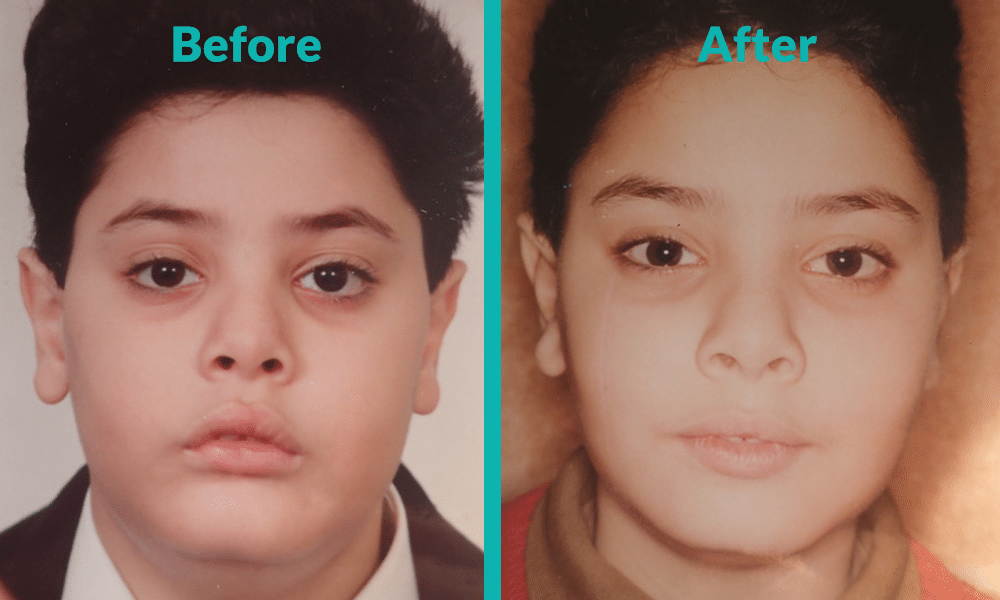
Profile
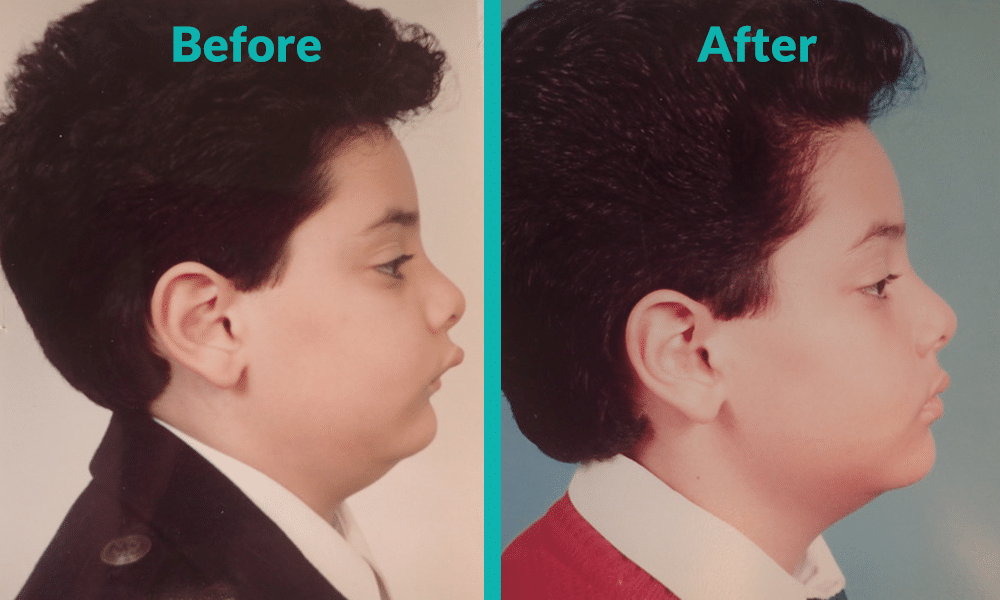
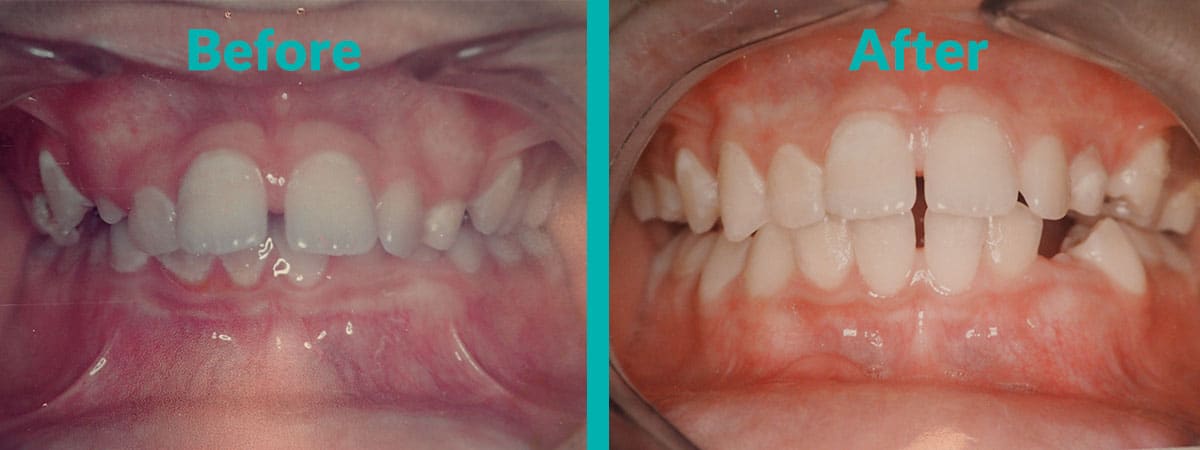
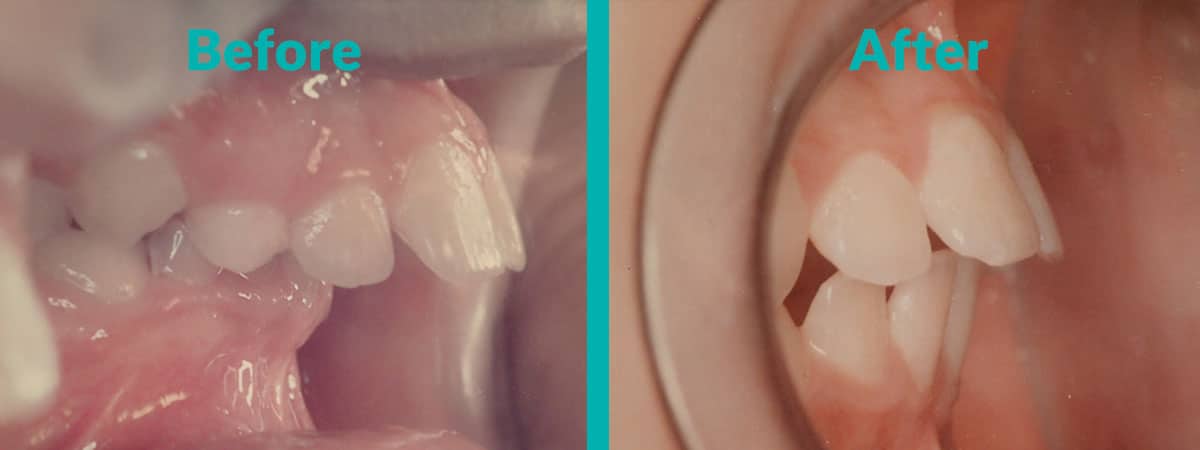
Before treatment, these patients experienced jaw displacement that negatively effected their bite, teeth position, facial growth and tongue posture which lead to snoring, poor sleep habits, and a higher possibility to trauma of the upper front teeth. Additionally, they experienced low self esteem.
After treatment, they experienced better self confidence and self esteem, a normal face and soft tissue profile, normal tongue posture, better sleep and normal growth of teeth, jaws and facial bones.
What is Growth Modification?
As part of the interceptive orthodontic process, growth modification treatment is utilized in the first phase of two-stage orthodontic treatment for children with misaligned teeth, jaw bones and bites. It is most effective during a child’s growth spurts, when bones are still in the growing process.
Growth modification appliances (Bionators Bite Blocks) are used to correct the shape, position or width of the jawbone(s).
What is the Optimum Age for Growth Modification?
Although orthodontic care can straighten teeth at any age, there is an optimal time period to begin jaw growth modification. The younger your child, the more ideal the treatment outcome. Early mixed dentition, which is marked by the emergence of the secondary teeth at the ages of 6 to 7, is considered the optimum age for most types of malocclusion. When growth modification is properly utilized, a severe problem that might require corrective surgery in the future can be corrected in a non-invasive and gentle way.
Growth Modification can be used to effectively treat the following:
- Facial Asymmetry
- Teeth Crowding (without extractions)
- Cross Bites
- Open Bites
- Overbites
- Underbites
